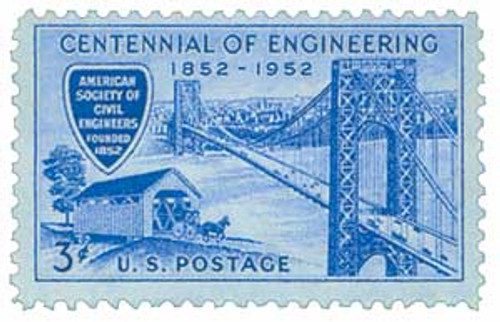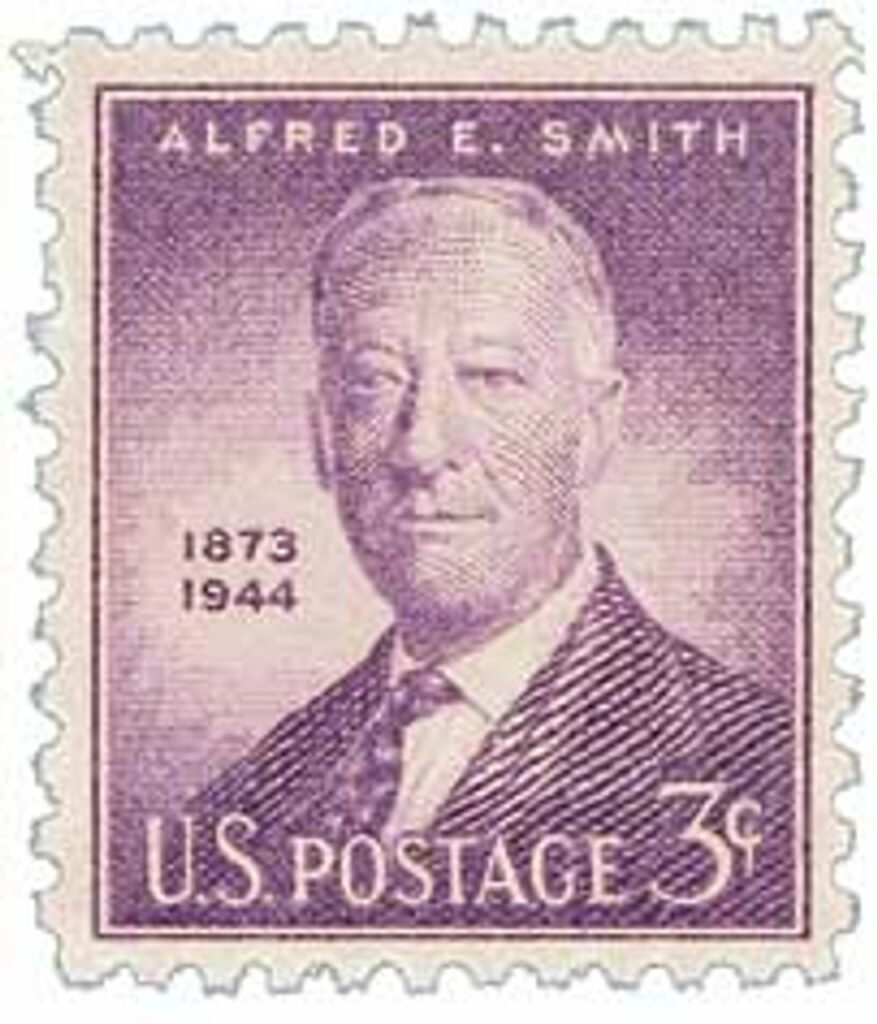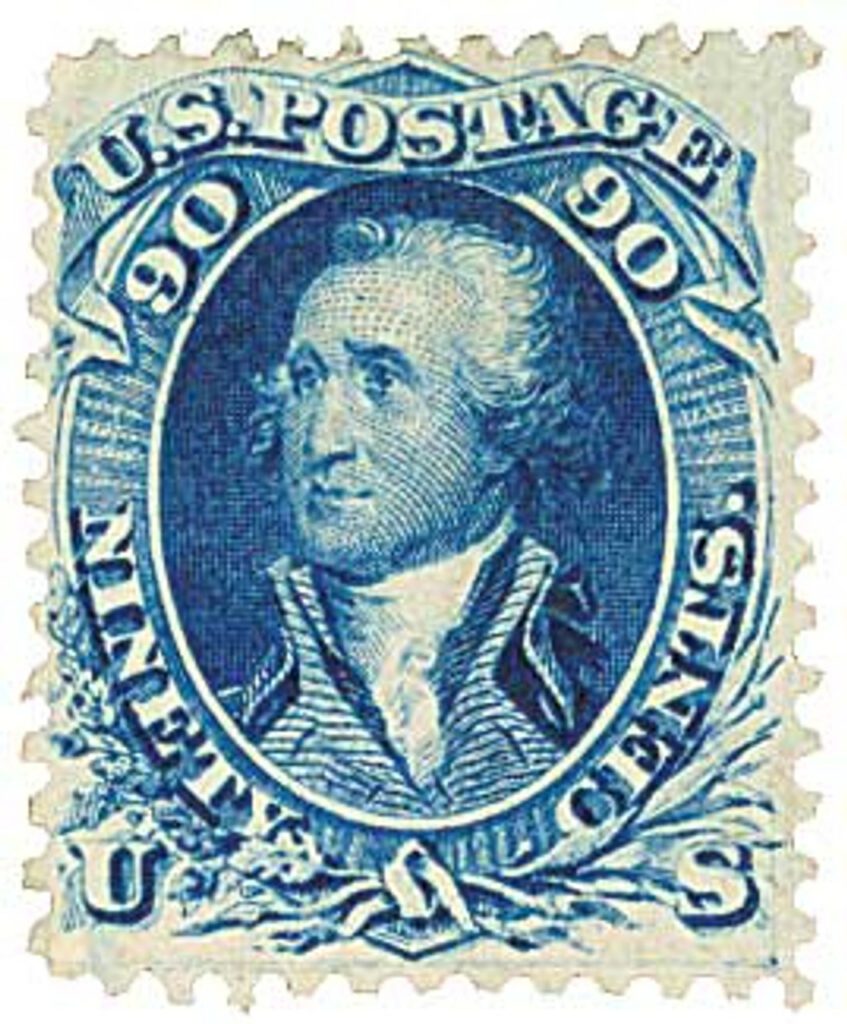
On October 24, 1931, the George Washington Bridge was dedicated, officially opening to traffic the next day. One of the world’s busiest bridges, the George Washington Bridge is also the world’s only 14-lane suspension bridge.
During the Revolutionary War, the area where the bridge stands now was home to Fort Washington in New York and Fort Lee in New Jersey. George Washington had used these forts in his efforts to prevent a British occupation of New York City but ultimately evacuated Manhattan through these forts.
For the next century, the only way across the lower Hudson River was by ferry. Then in the early 1900s, a series of tunnels were built under the river. The Holland Tunnel opened in 1928, linking Lower Manhattan and Jersey City.
During the construction of the Holland Tunnel, there had been talks of a bridge across the Hudson. Then in 1924, a plan was formed to build a suspension bridge from Fort Lee to Fort Washington. Both sides were surrounded by cliffs, which meant the bridge wouldn’t interrupt river traffic or require the construction of long approach ramps.
A bill proposing the bridge was introduced in the New Jersey Assembly in 1925 and passed with modifications. A similar bill was introduced in New York and was approved by Governor Al Smith.
Construction on the bridge began on September 21, 1927. The day’s events included groundbreaking ceremonies at the sites of both suspension towers. Before and during construction, it was unofficially called the Hudson River Bridge or the Fort Lee Bridge. The Hudson River Bridge Association then asked for name suggestions in October 1930. People in New York and New Jersey could submit their suggestions for review.
The most popular name was the Hudson River Bridge, however, the Port Authority adopted the name George Washington Bridge on January 13, 1931. Some opposed this because there was already a Washington Bridge. The Port Authority then held a vote to consider other names, including those honoring Christopher Columbus and Henry Hudson. But they ultimately decided to stick with George Washington.
Originally, the bridge was scheduled to open in 1932, but construction was completed early. In June 1931, 40 bankers became the first people to cross the bridge. The bridge was then officially dedicated on October 24, 1931. About 30,000 people attended the ceremony, which included an aerial show by military airplanes and speeches from New Jersey governor Morgan Foster Larson and New York governor Franklin D. Roosevelt. Reportedly, the first people to cross the bridge that day were two elementary school students who roller-skated across. For the rest of the day, pedestrians were allowed to cross the bridge.
The George Washington Bridge officially opened to traffic the following day. By the end of the day, 56,312 cars had crossed and about 100,000 pedestrians. At the time of its completion, it was the longest bridge in the world, with a span of 3,500 feet. The bridge was built with six lanes of traffic, which was expanded to eight in 1946. In 1962, a lower deck was added which provided six more lanes. One of the world’s busiest bridges, the George Washington Bridge is also the world’s only 14-lane suspension bridge. The bridge collects approximately $1 million in tolls each day.
| FREE printable This Day in History album pages Download a PDF of today’s article. Get a binder or other supplies to create your This Day in History album. |
Discover what else happened on This Day in History.




A million a day in tolls. What a rip-off.
Well, go around, Dale.